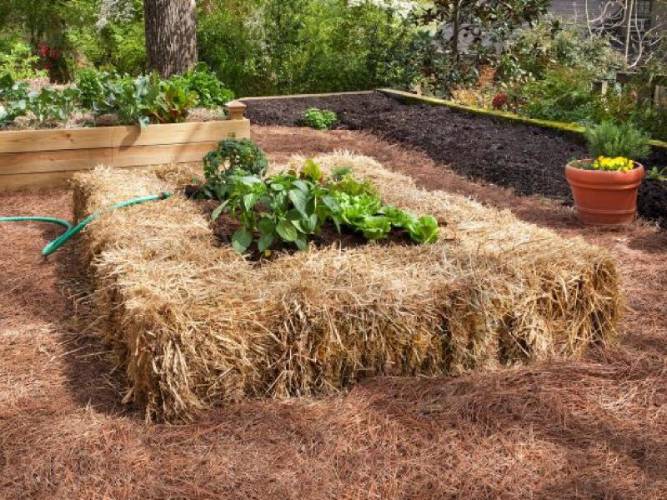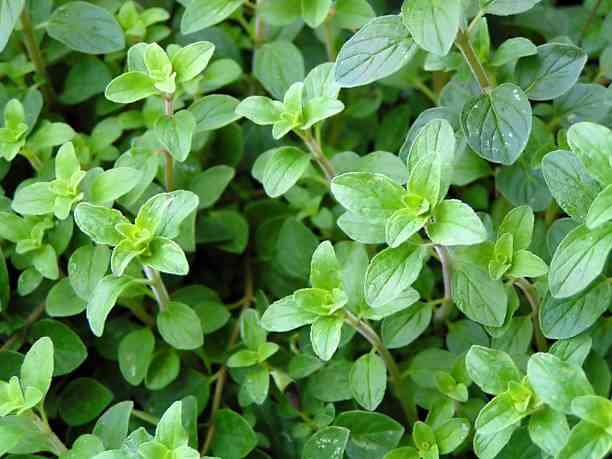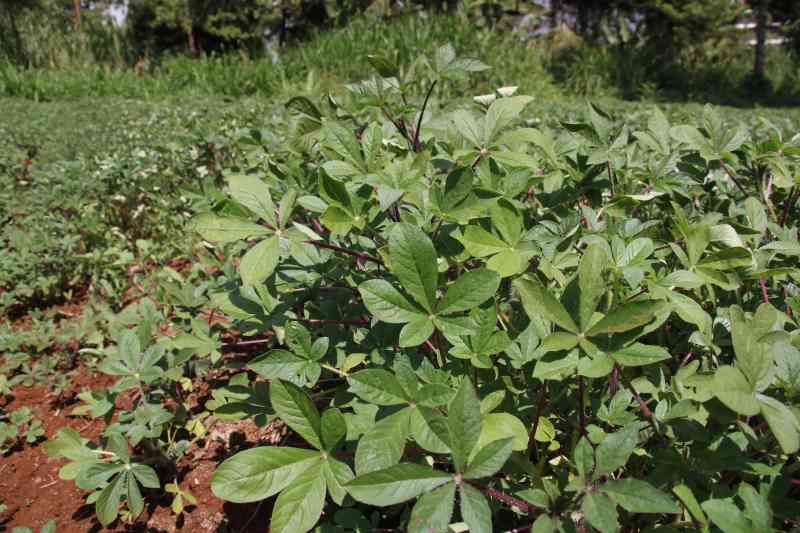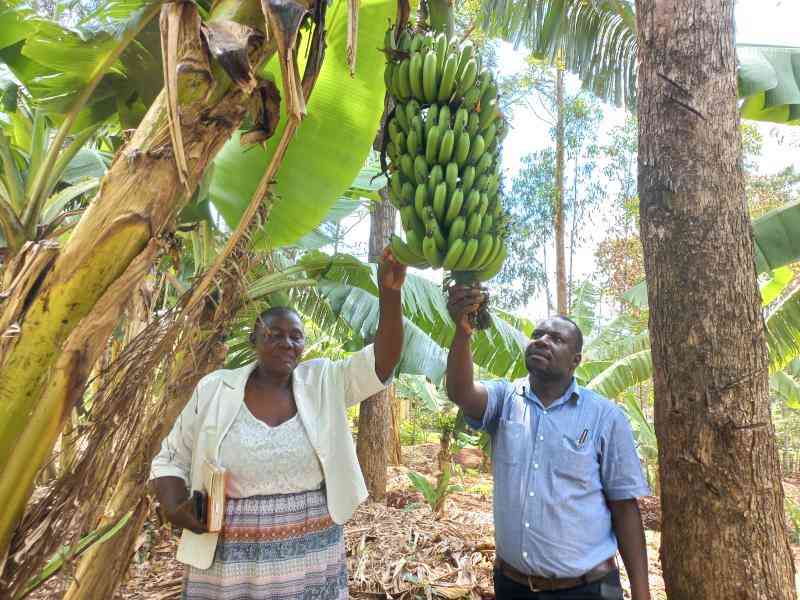
As space continues to shrink, urban dwellers are continually exploring alternatives. One great option is straw bale gardening.
Growing crops in soil comes with challenges ranging from soil borne diseases to infertility.
Straw bale gardening can help address these challenges. It is a great way of growing vegetables and berries.
How to get started
The concept is simple because, as straw decomposes it turns into a rich humus that is ideal for crop production. Although the practice of gardening in straw bales dates back to ancient times, it has not been adopted by farmers locally.
Compared to containers filled with soil, the bales start as a sterile medium.
This makes it a great choice for anyone with hard soil or no soil at all, as all the magic takes place above the surface of the ground.
As the growing season goes on, the bale is transformed into a partially composted mass of organic matter that’s seething with life.
After harvesting the crops, the material can be used in gardens for top dressing or used to make compost.
To get started, it is advisable to use straw rather than hay. Straw can be obtained from barley, oats, rye, wheat or rice. Hay is not recommended because it contains grass seeds that can be source of weeds. The advantage of straw bale garden is that it can be sited anywhere within your home including driveways as long as there is enough sunlight to support growth.
To set the garden, place a cardboard or a layer of weed fabric underneath to prevent weeds from growing through the bales.
Before planting, start conditioning your bales to activate decomposition of the bales. This process should be done in advance to prevent plant roots from getting baked.
It also turns the straw into a nutrient-filled substrate that will be used by plants. Water the bales thoroughly for the first six days.
Add nitrogen fertiliser to jump start the composting and create an ideal environment for plant roots.
The bales are ready to be planted when the temperature in the core is the same as the air temperature, or slightly warmer if you are planting in the early spring.
You can check this by sticking a compost thermometer in the centre, or just estimate by sticking your finger into the bale. Keep watering the bales daily and checking the internal temperature. If the bale still feels hot, wait for more days until temperature stabilises.
Planting
Planting is done by removing some straw to form a hole as deep as the roots of your plant will grow.
Fill the hole with potting soil, and plant the seed or transplant and water the plant properly.
You can plant almost any flowers, herbs, fruits and vegetables. However, tall plants like maize and tall tomatoes varieties can get too big and heavy, causing the bale to tip over or tear apart.
For climbing plants such as peas, cucumbers and beans, trellis can be built over the bales using poles and a twine between them.
No weeds
The advantages of straw bale gardening are many.
Straw bale gardening is especially useful for farmers that have poor or no soil at all.
This is because the bales act as natural containers for plants and they can be grown anywhere.
Additionally, there is no need for cultivation.
Because the straws are raised, it provides an ideal growing ground for fruit and vegetables.
Unlike raised beds, with straw bale gardening the bale itself forms the frame. Straw bales are suitable in small spaces. The bales can be placed in the balcony or on the flat roof top where production can take place. There is little or no weeding and soil-borne diseases.
Because they’re new to your garden, straw bales are less likely to be packed with weed seeds than ordinary garden soil.
[The writer is an expert on sustainable agriculture]
Want to get latest farming tips and videos?
Join Us
 The Standard Group Plc is a multi-media organization
with investments in media platforms spanning newspaper print operations,
television, radio broadcasting, digital and online services. The Standard Group
is recognized as a leading multi-media house in Kenya with a key influence in
matters of national and international interest.
The Standard Group Plc is a multi-media organization
with investments in media platforms spanning newspaper print operations,
television, radio broadcasting, digital and online services. The Standard Group
is recognized as a leading multi-media house in Kenya with a key influence in
matters of national and international interest.
 The Standard Group Plc is a multi-media organization
with investments in media platforms spanning newspaper print operations,
television, radio broadcasting, digital and online services. The Standard Group
is recognized as a leading multi-media house in Kenya with a key influence in
matters of national and international interest.
The Standard Group Plc is a multi-media organization
with investments in media platforms spanning newspaper print operations,
television, radio broadcasting, digital and online services. The Standard Group
is recognized as a leading multi-media house in Kenya with a key influence in
matters of national and international interest.







